1. How many rivers flow through Hanoi ?
- 20%
- 50%
- 90%
- 120%
According to the Hanoi Electronic Information Portal, the city was formed from the Red River Delta and is famous for the title "City of Rivers and Lakes". Large and small rivers have flowed through, depositing alluvium, creating fertile land.
Currently, there are 7 main rivers flowing through Hanoi: Red River, Duong River, Da River, Nhue River, Cau River, Day River, Ca Lo River. In addition, in the inner city there are 2 small rivers: To Lich River and Kim Nguu River, which are branches of the Red River.
Thus, there are a total of 9 rivers flowing through Hanoi.
2. What is another name for the Day River?
- Hat Giang0%
- Hat Mon0%
- Dry River0%
- Tran River0%
The Day River was once called the Hat River or Hat Giang, associated with many historical events, especially the Hai Ba Trung uprising. The Day River section used to receive water from the Red River in the Hat Mon area (former Phuc Tho district), but has now been filled up.
Currently, the Day River is about 240km long, one of the largest rivers in the North, flowing through Hanoi, Hoa Binh, Ha Nam, Ninh Binh, Nam Dinh .
3. Which river creates Hoan Kiem Lake?
- Nhue River0%
- Day River0%
- Red River0%
- Duong River0%
Most of the lakes in Hanoi are vestiges of ancient rivers. Hoan Kiem Lake (Sword Lake) was originally a distributary of the Red River.
During the Later Le Dynasty, the lake was divided into two parts: Ta Vong and Huu Vong. Huu Vong Lake was once a place for naval exercises, later called Thuy Quan Lake, but was filled in during the French colonial period. The remaining lake is today's Hoan Kiem Lake.
4. Which rivers are included in the "water quadrangle" surrounding Thang Long - ancient Hanoi?
- Red River, Duong River, Day River0%
- Red River, To Lich River, Kim Nguu River0%
- Red River, Lo River, Da River, Duong River0%
- Red River, Cau River, Day River, Duong River0%
According to Professor Tran Quoc Vuong in Hanoi as I understand it (2005), the ancient Thang Long - Hanoi citadel was surrounded by a "water quadrangle" formed by the Red River, To Lich River and Kim Nguu River.
Red River: Flows from the North to the East of the capital.
To Lich River: A distributary of the Red River, connecting the East and West, and is also an important trade route.
Kim Nguu River: A branch of the To Lich River, flowing south of the capital.
Thanks to this river system, Thang Long was both a political center and a bustling commercial port.
5. Which river does the Duong River connect the Red River with?
- Day River0%
- Thai Binh River0%
- Lo River0%
- Taurus River0%
Duong River is a distributary of the Red River, 65km long, separating from Ngoc Thuy commune (Gia Lam, Hanoi) then flowing to the East, through Bac Ninh and pouring into Thai Binh River.
The Duong River section flowing through Hanoi is about 17.5km long. The special thing is that the Duong River divides Bac Ninh province into two parts, the South and the North. In addition to its main name, the Duong River is also known by other names such as Thien Duc, Dong Ngan, and Bac Giang.
6. Who is the To Lich River named after?
- A merchant who used to trade along the river0%
- A god worshiped at Bach Ma Temple0%
- A Ly Dynasty official who had merit in flood control0%
- A famous general of the Tran Dynasty0%
According to Nhan Dan Newspaper , the name To Lich appeared very early in Vietnamese legends. Ancient books such as Viet Dien U Linh (Ly Te Xuyen, 14th century) and Linh Nam Chich Quai (Tran The Phap, late Tran Dynasty) both recorded about Long Do village (or Long Do), where there was a village chief named To Lich, who lived around the end of the 3rd-4th century. He was respected by the people for his many contributions, so after his death, his name was given to the village and from then on was associated with the name of the river, and at the same time became To Lich Giang Than - the god of the To River.
Historian Le Van Lan also said: To Lich was originally a person's name, later became the name of a river and a river god. God To Lich - Long Do are actually one, because the place where he lived was Long Do village. When King Ly Thai To established Thang Long as the capital, Long Do god appeared to support the construction of the capital. Therefore, the king appointed him as the National Capital Thanh Hoang Dai Vuong, worshiped at Bach Ma Temple (Hang Buom Street, Hoan Kiem District, Hanoi).
Thus, the name To Lich River is associated with the god To Lich - Long Do, the patron saint of Thang Long citadel.
Source: https://vietnamnet.vn/ha-noi-co-bao-nhieu-song-chay-qua-2448162.html


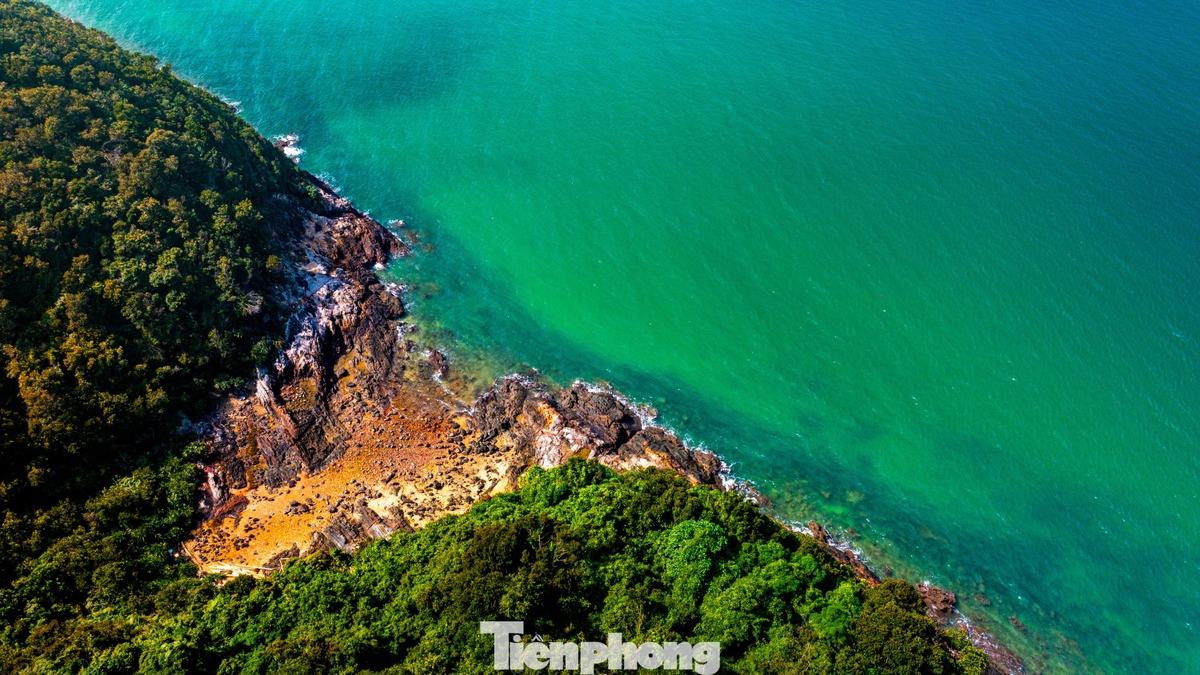
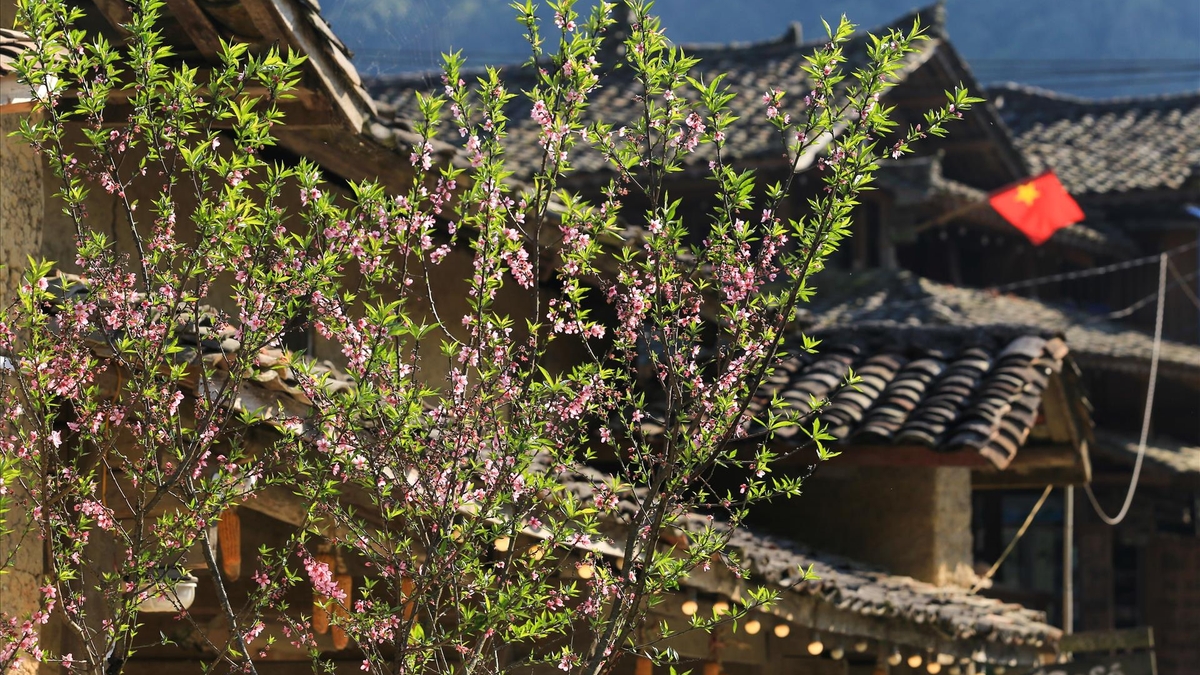






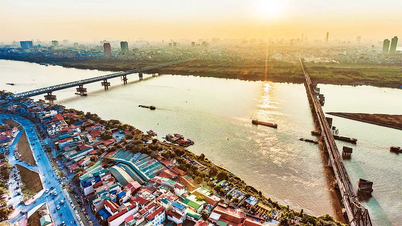






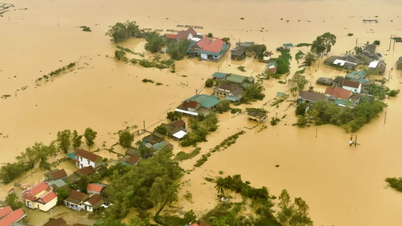








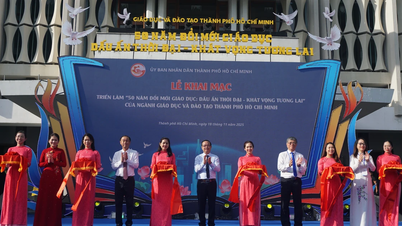





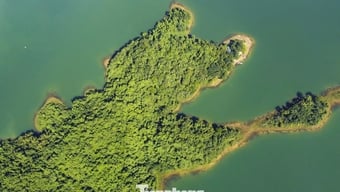
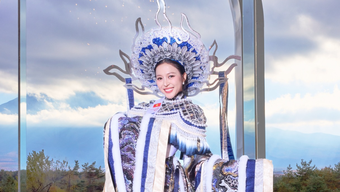







![[Photo] General Secretary To Lam and National Assembly Chairman Tran Thanh Man attend the 80th Anniversary of the Traditional Day of the Vietnamese Inspection Sector](https://vphoto.vietnam.vn/thumb/1200x675/vietnam/resource/IMAGE/2025/11/17/1763356362984_a2-bnd-7940-3561-jpg.webp)







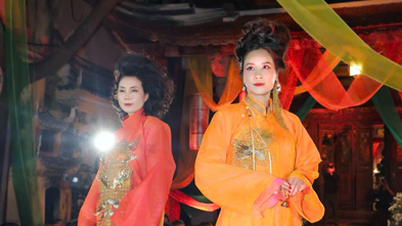

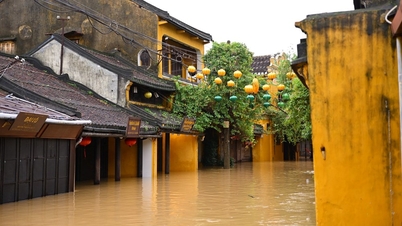



















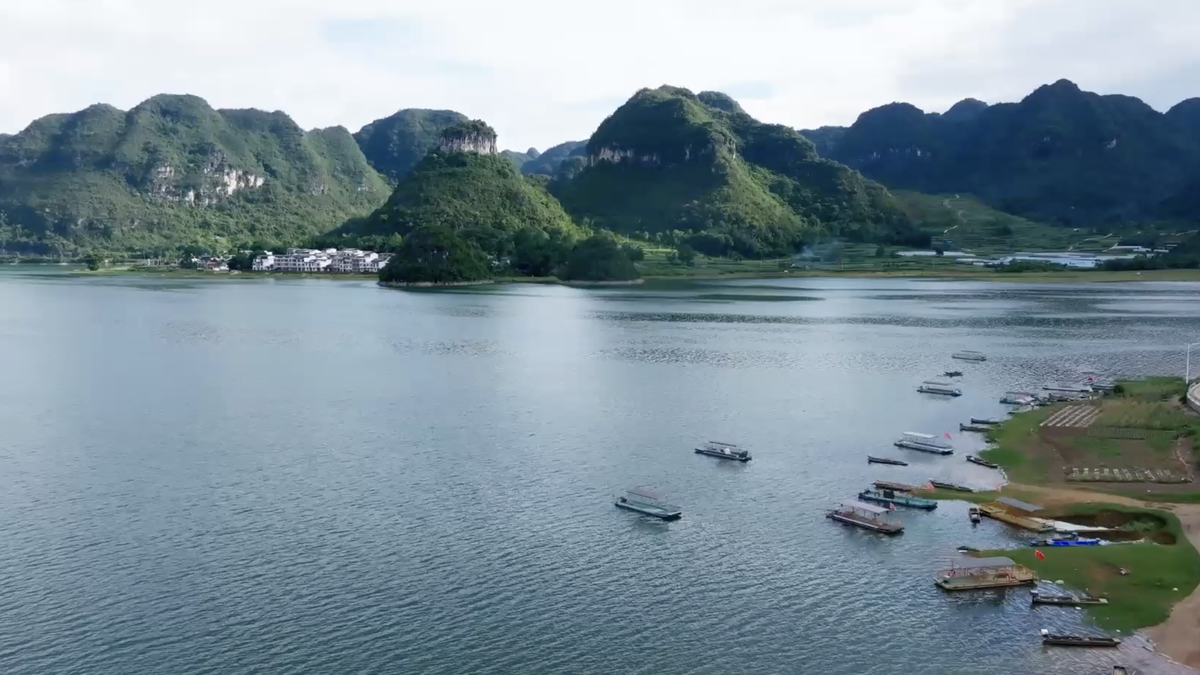
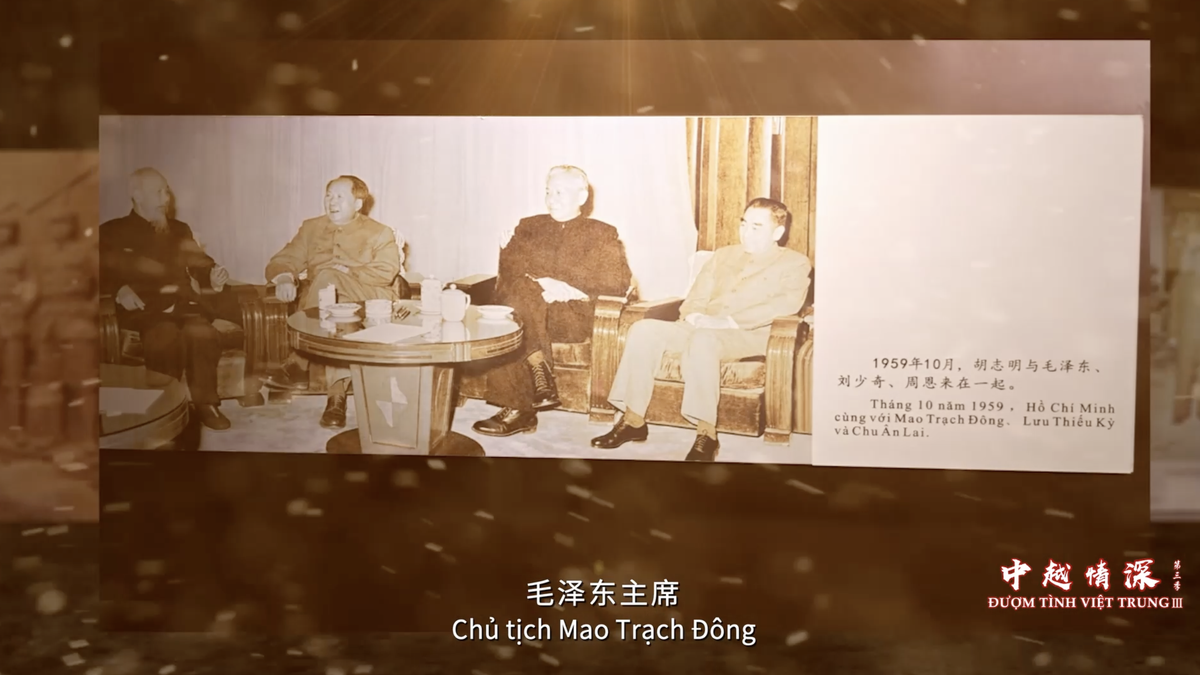






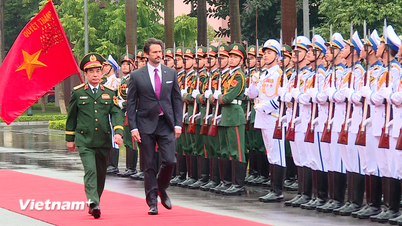













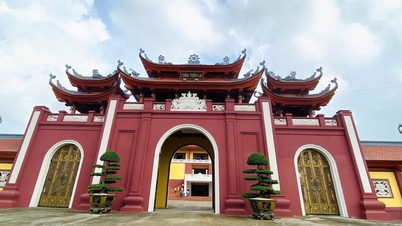

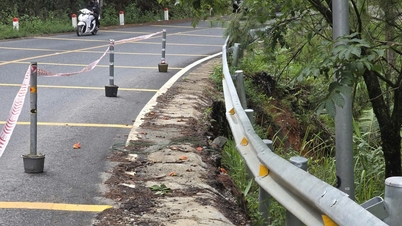








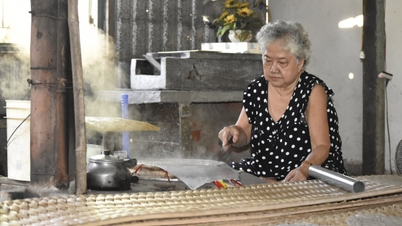





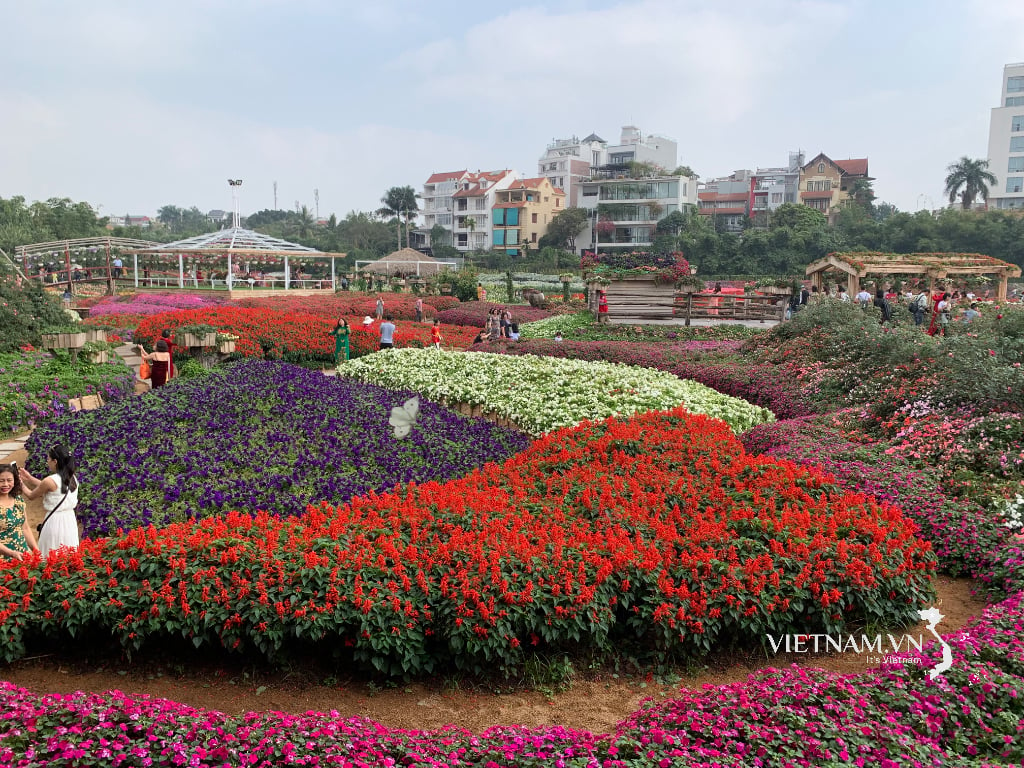
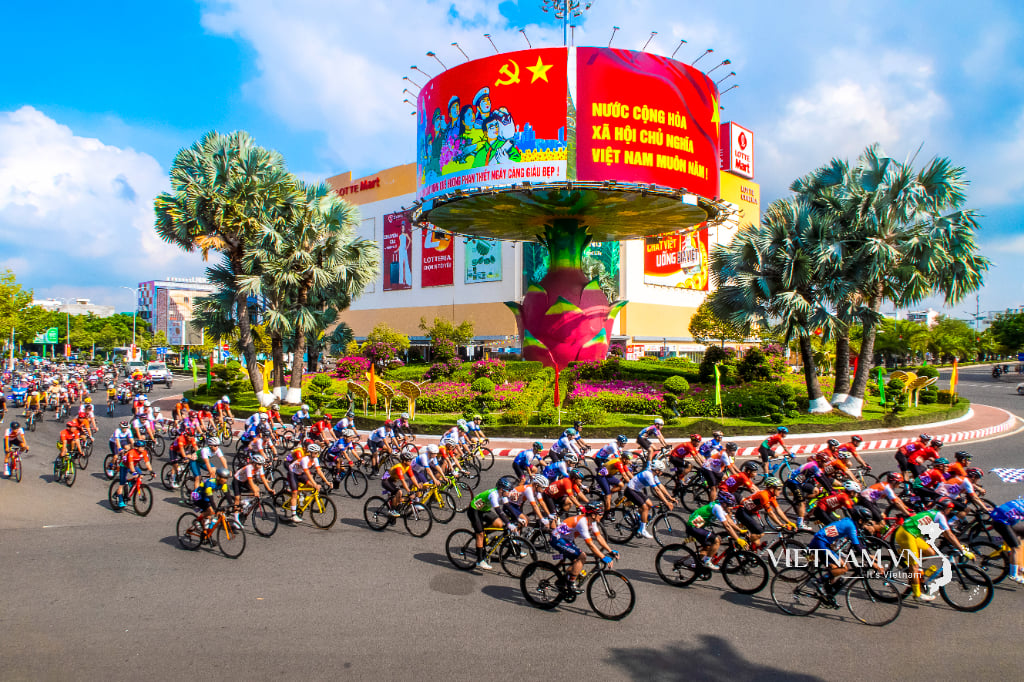
Comment (0)